Importing lawn mowers from China can be a profitable venture—especially if you’re looking to tap into a growing market with high demand and low domestic manufacturing. But where do you start? This detailed guide will walk you through every step of the process to make your first import smooth, legal, and lucrative.
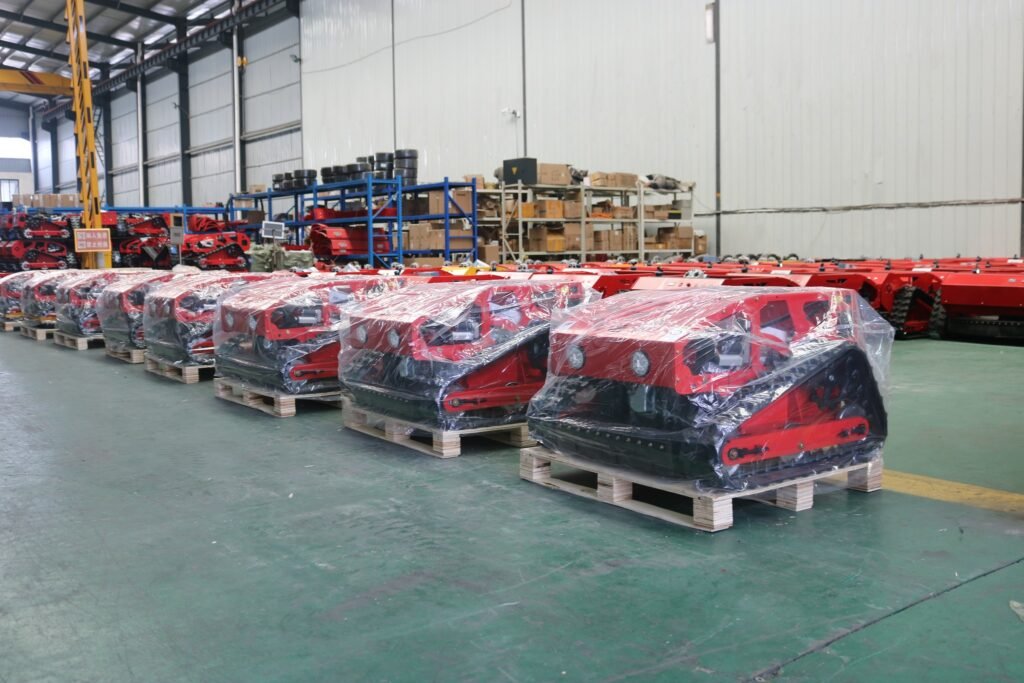
Understanding the Global Lawn Mower Market
The global lawn mower market is booming, driven by increased landscaping activities and the rising popularity of gardening. Lawn mowers come in several varieties:
- Manual push mowers
- Self-propelled mowers
- Ride-on mowers
- Robotic mowers
The demand for these types varies based on climate, property size, and regional preferences. Countries like the U.S., UK, Canada, and Australia are among the biggest importers, while China stands as a leading exporter due to its large-scale production and competitive pricing.
Why Import Lawn Mowers from China?
Cost-Effective Production
China is known for its ability to manufacture goods at lower costs without sacrificing quality. This gives importers room to price their products competitively in local markets.
Wide Range of Manufacturers
There are hundreds of manufacturers specializing in garden tools and machinery. This gives you more choices in terms of quality, technology, and pricing.
Mass Production Capabilities
With massive factories, Chinese suppliers can fulfill both small and large orders—making it suitable for both startups and established retailers.
Researching Chinese Lawn Mower Manufacturers
The best platforms to start your search include:
- Alibaba
- Global Sources
- Made-in-China
- 1688.com (Chinese-only)
Attend trade shows like the Canton Fair or CIAME (China International Agricultural Machinery Exhibition) for face-to-face interactions.

Verifying Manufacturer Credentials
Always vet your suppliers thoroughly. Here’s what you should request:
- Business License (to verify legality)
- ISO or CE Certifications (especially for electronics and safety compliance)
- Third-Party Audit Reports (or arrange your own)
A background check can save you from dealing with fraudulent or low-quality vendors.
Selecting the Right Lawn Mower for Your Market
Before placing any order, study what works in your country:
| Type | Best For | Price Range (Est.) |
|---|---|---|
| Manual Push | Small yards, budget buyers | $50 – $100 |
| Self-propelled | Medium yards, average homeowners | $100 – $250 |
| Ride-on | Large lawns, commercial use | $800 – $3000 |
| Robotic | Tech-savvy, luxury buyers | $500 – $2000 |
Pay attention to engine type, cutting width, fuel efficiency, and safety features.
Negotiating with Suppliers in China
Negotiation is expected and respected in Chinese business culture. Key points to discuss:
- Minimum Order Quantity (MOQ): Often ranges from 50 to 200 units.
- Payment Terms: 30% upfront, 70% after shipment is common.
- Pricing: Ask for bulk discounts and check for hidden charges.
Requesting and Evaluating Samples
Never skip the sampling phase. While you might need to pay for the sample and shipping, it’s a worthwhile investment.
Checklist for Evaluating a Sample:
- Build quality and material
- Noise levels and fuel efficiency
- Instruction manuals
- Safety guards and components
Test it as a customer would and document the results for future comparisons.
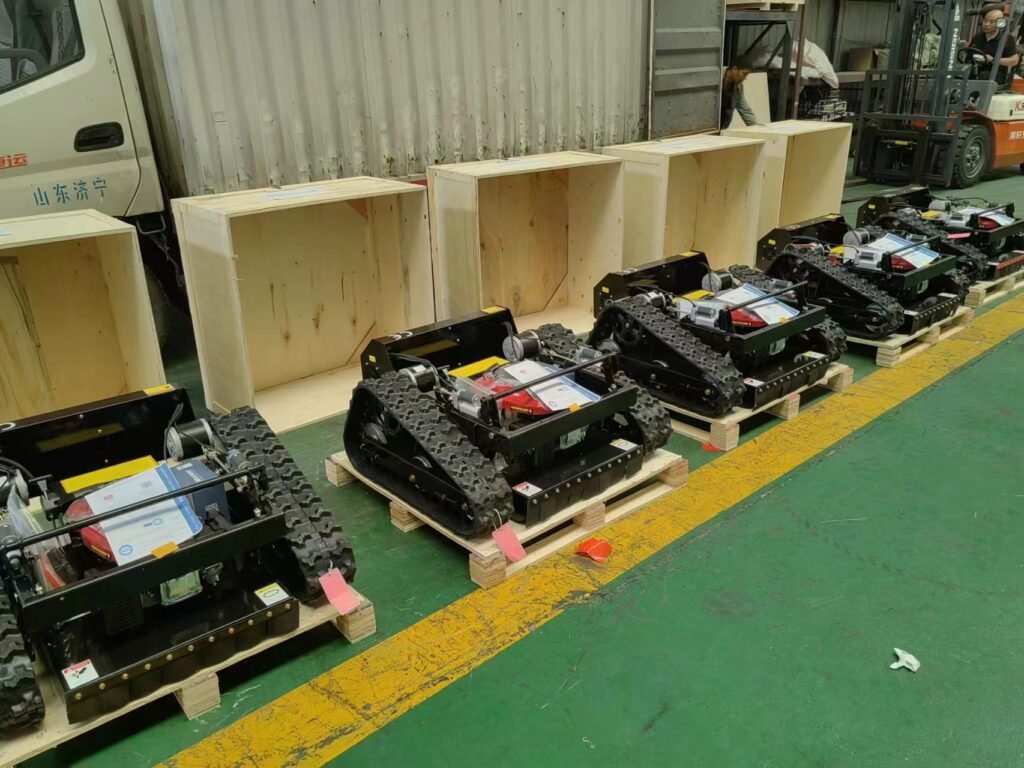
Understanding Import Regulations
Every country has its own rules. You’ll need to check:
- Customs classification and duty rate
- Electrical safety (e.g., CE in Europe, UL in the US)
- Emission standards (especially for fuel-powered engines)
You can usually find this information on your government’s trade or customs website.
Calculating Total Import Costs
Your lawn mower might cost $150 in China, but after factoring everything, your landed cost could be $250 or more. Here’s what to include:
- Product cost
- Freight charges
- Import duties and taxes
- Customs clearance fees
- Local transportation
Use a landed cost calculator or consult a freight forwarder.
Choosing the Right Shipping Method
Sea Freight vs Air Freight
| Factor | Sea Freight | Air Freight |
|---|---|---|
| Cost | Lower | Higher |
| Speed | Slower | Faster |
| Quantity | High volumes | Limited |
Most lawn mower shipments go via LCL (Less-than-Container Load) or FCL (Full Container Load) sea freight for cost efficiency.
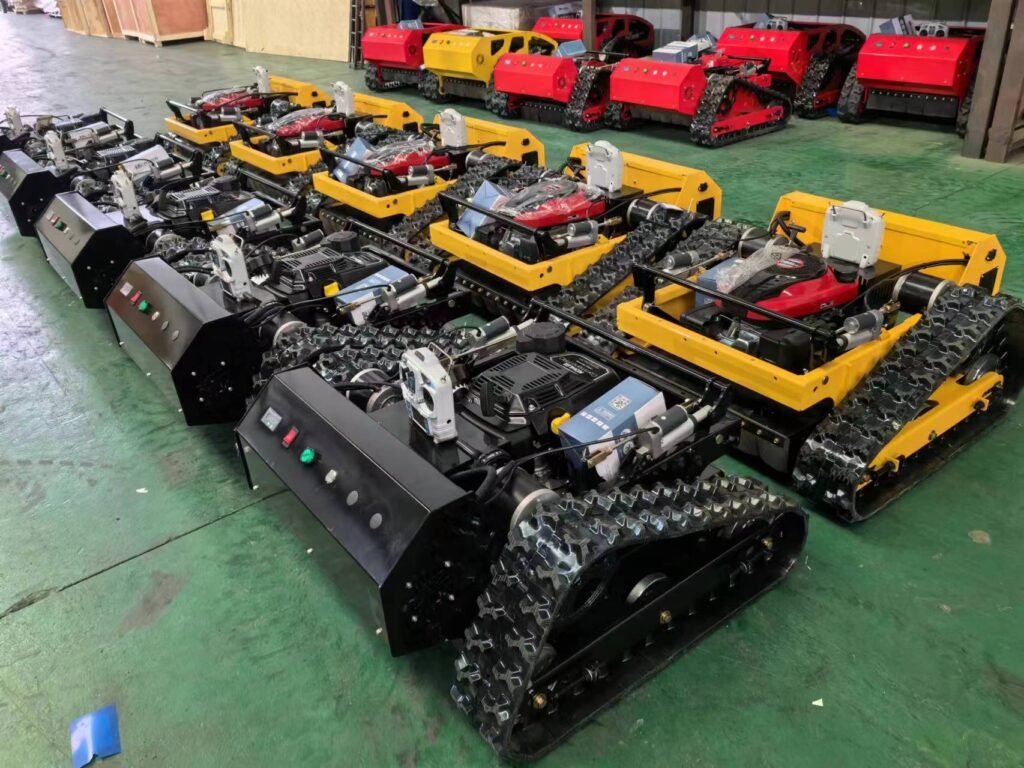
Preparing the Necessary Import Documents
To clear customs, you’ll need:
- Commercial Invoice
- Packing List
- Bill of Lading
- Certificate of Origin
- Product Testing Certificates (if applicable)
Your supplier or freight forwarder usually helps prepare these.
Working with Freight Forwarders and Customs Brokers
Hiring a freight forwarder simplifies the logistics from port to destination. They help with:
- Booking shipping space
- Handling export documentation
- Insurance and customs clearance
A customs broker ensures your goods pass legally and efficiently through customs in your country.
Clearing Customs in Your Country
Once your shipment arrives, customs clearance is the final hurdle before your lawn mowers can be sold. Here’s how to streamline the process:
Key Steps in Customs Clearance
- Submit Documentation: Ensure your commercial invoice, packing list, and bill of lading are accurate.
- Pay Duties and Taxes: These vary based on your country’s HS code classification for lawn mowers.
- Undergo Inspection (If Required): Authorities may inspect your shipment for compliance or randomly as part of routine checks.
Avoiding Delays
- Pre-submit documents digitally where possible.
- Ensure HS codes and product descriptions are accurate.
- Work with an experienced customs broker.
Delays often occur due to documentation errors, unpaid taxes, or non-compliance with product regulations.
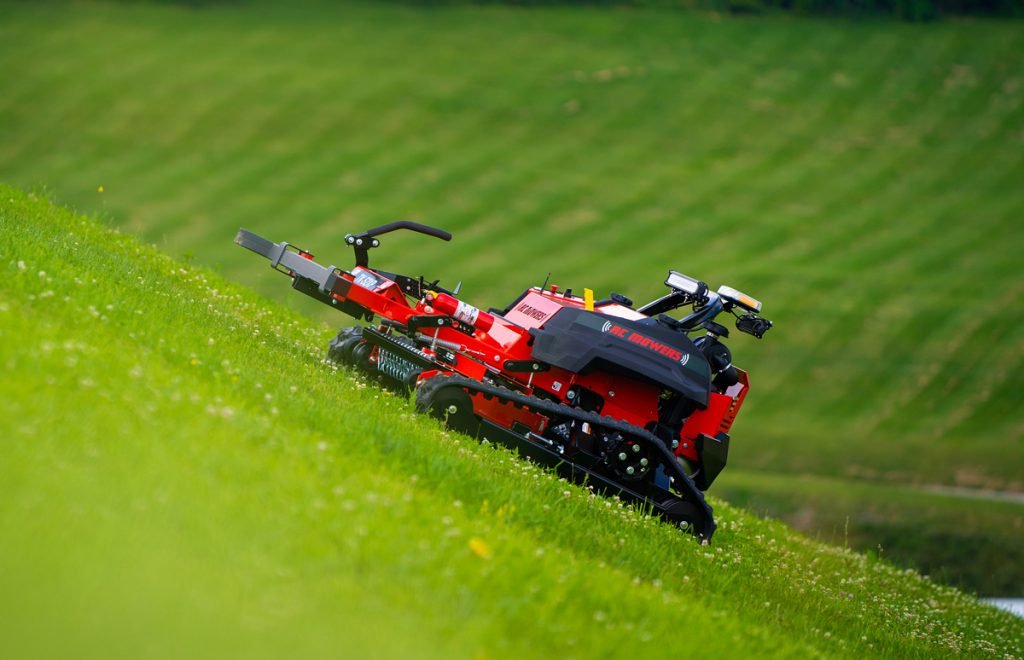
Warehousing and Final Delivery
Once cleared, you must decide where and how to store your products.
Warehousing Options
- Self-Storage: Cost-effective for small businesses.
- 3PL Warehousing: Outsourcing logistics to a third-party provider.
- Fulfillment Centers: Useful if you plan to sell online through platforms like Amazon or eBay.
Last-Mile Delivery
For local deliveries, consider:
- In-house delivery (if volume is low)
- Local courier partnerships
- Dropshipping model (if working with local retailers)
Efficient warehousing and delivery impact customer satisfaction and profitability.
Selling Imported Lawn Mowers
Selling your products is where you begin to see the return on your investment. Consider the following sales channels:
1. Online Marketplaces
- Amazon
- eBay
- Facebook Marketplace
- Your own e-commerce site (Shopify, WooCommerce)
2. Local Distributors and Retailers
- Garden centers
- Hardware stores
- Equipment rental shops
3. Direct to Consumer (DTC)
You can sell directly through social media, websites, and pop-up shops. Use SEO, Google Ads, and social media marketing to attract customers.
Pricing Your Product
Factor in:
- Landed cost
- Local competition
- Perceived value
- Retail margins (typically 30%-50%)
Offer seasonal discounts, bundles, or free servicing to attract customers.
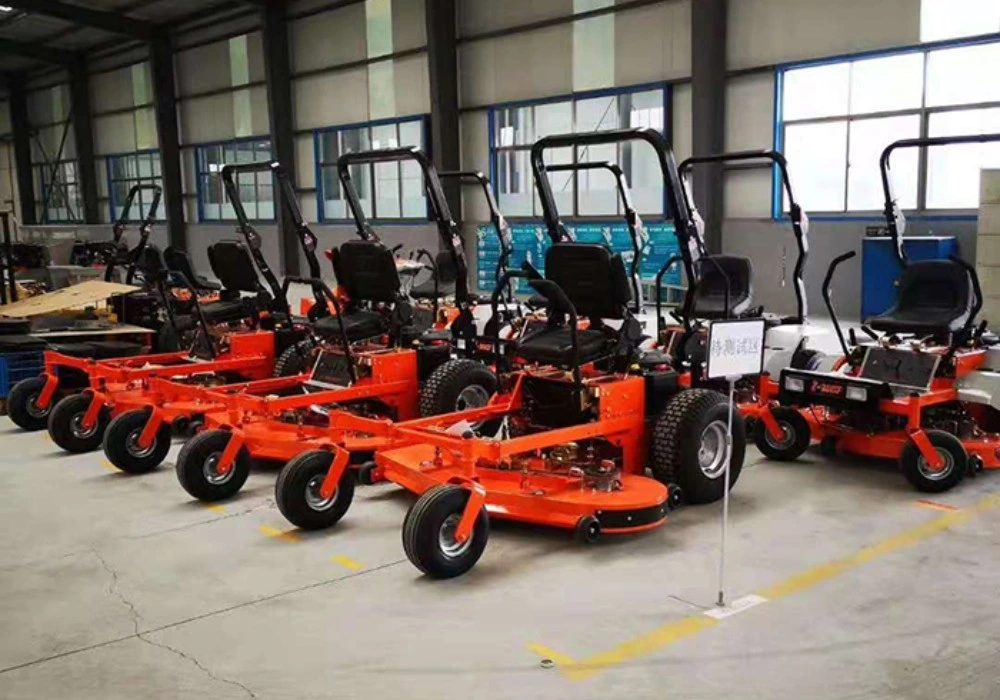
Common Pitfalls When Importing from China
Importing can be profitable, but it’s not without risks. Watch out for:
1. Underestimating Total Costs
Always calculate your landed cost, not just the factory price.
2. Poor Supplier Communication
Misunderstandings on specs, packaging, or shipping dates can lead to costly errors.
3. Quality Control Issues
Never skip sample testing and pre-shipment inspections.
4. Customs and Regulatory Delays
Stay updated with regulations and work with licensed brokers.
5. Overordering on First Import
Start with a smaller batch. Test your market first before scaling up.
Tips for First-Time Importers
If this is your first venture into importing lawn mowers from China, keep these tips in mind:
✅ Start Small
Avoid large orders in the beginning. Start with minimum quantities to test the market and the supplier.
✅ Use Escrow or Trade Assurance
Use Alibaba’s Trade Assurance or PayPal for added protection during payment.
✅ Maintain Clear Communication
Clarify expectations regarding specs, packaging, and delivery timelines via written agreements.
✅ Build Relationships
Suppliers are more flexible with loyal clients. Build rapport for better pricing and terms.
✅ Stay Informed
Follow market trends, seasonal demand, and changes in import duties or certifications.
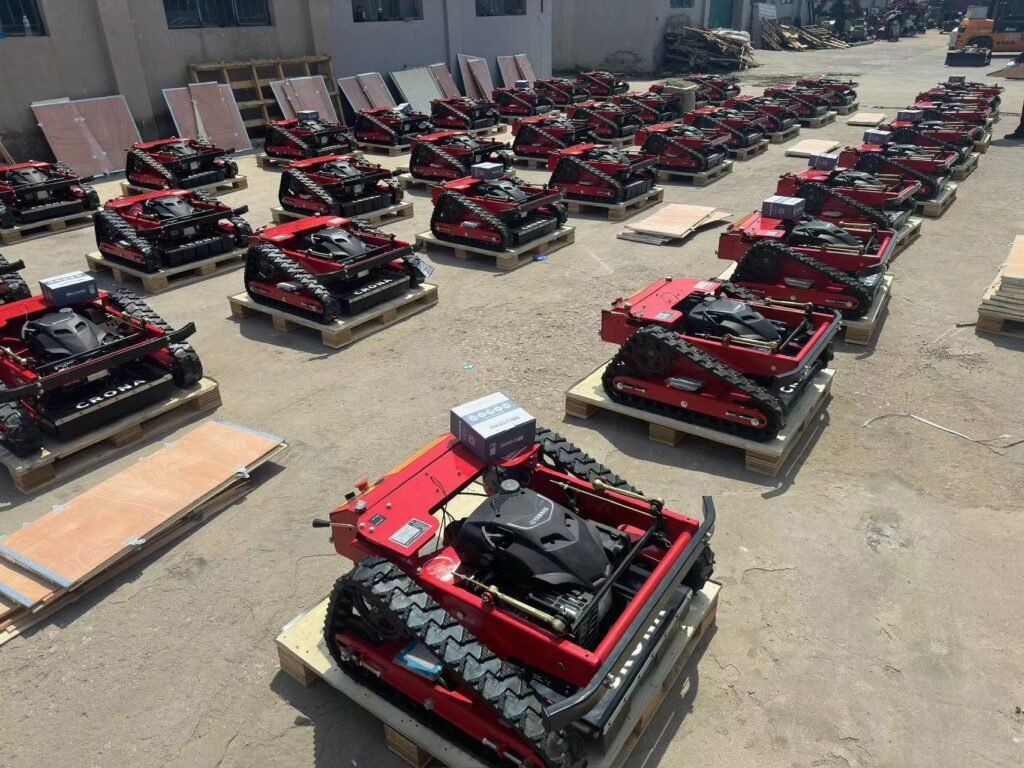
Frequently Asked Questions (FAQs)
1. Do I need a license to import lawn mowers from China?
In most countries, you don’t need a special license to import. However, you must register as an importer and comply with customs and safety regulations.
2. How long does it take to ship lawn mowers from China?
Typically, it takes 25–40 days via sea freight. Air freight is faster (5–10 days) but much more expensive.
3. How can I trust a Chinese supplier?
Use platforms like Alibaba, verify business licenses, read reviews, and conduct third-party factory audits if needed.
4. What’s the average MOQ for lawn mowers from China?
It varies by supplier but generally ranges from 50 to 200 units. Some suppliers may negotiate for lower MOQs if you show future purchase potential.
5. Are Chinese lawn mowers good quality?
Yes, many are manufactured for global brands and meet international safety and performance standards. Just ensure proper vetting and quality checks.
6. What HS code is used for lawn mowers?
Most lawn mowers fall under HS Code 8433.11 (for mowers with the cutting device rotating in a horizontal plane). Confirm with your local customs office for accurate classification.
Conclusion
Importing lawn mowers from China can open the doors to a rewarding business opportunity—provided you approach it with preparation and due diligence. From researching the right supplier to handling shipping and customs, every step plays a crucial role in your success. Start small, build trusted relationships, and keep learning as you go.





